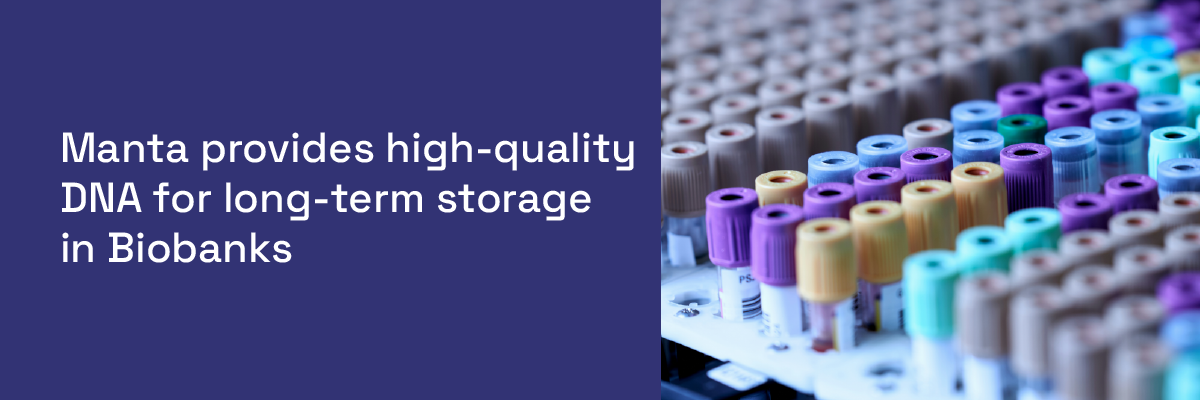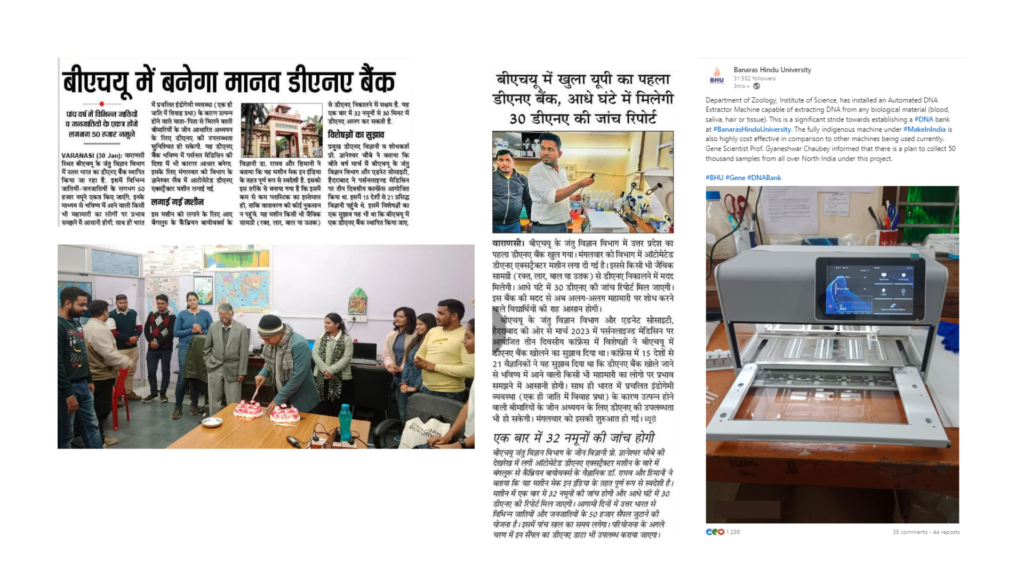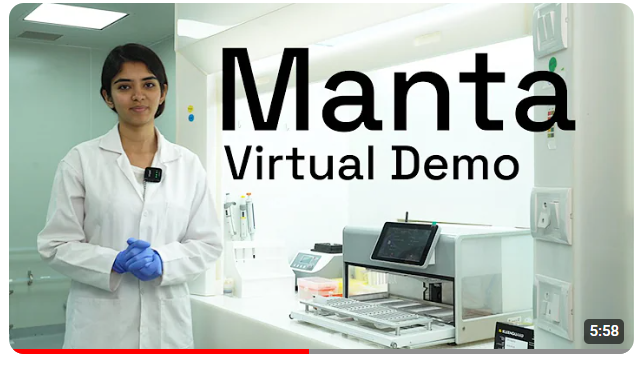

Banaras Hindu University, Varanasi
Professor Gyaneshwer Chaubey and his team at the Department of Zoology at Banaras Hindu University, are building a DNA biobank featuring 50,000 human samples from the North Indian population.
The lab wants to study the intricate links between endogamous behavior and various disorders, thereby laying the groundwork for personalized treatments.
Endogamous marriages – which happen when people marry within a subpopulation based on caste, clan, or culture – reduce genetic variations. Such unions, where a limited number of ancestors give rise to many descendants, result in a “founder event” or a “population bottleneck”. They become susceptible to recessive genetic diseases, wherein offspring inherit disease-causing genes from both parents.
The biobank will also contribute to genetic ancestry and COVID-19 susceptibility research. This can provide insights into predispositions to certain diseases and the response to treatment.
Repeatability is crucial. We want to ensure accurate and consistent results while storing these DNA samples for future research. This is where Manta fits perfectly into our workflows.
The project began in January 2024 and with a timeline of five years, involves numerous intricate steps.

The fact that Manta is entirely ‘Made in India’ fills me with immense excitement. I am eager to delve deeper into this study, exploring the vast potential it holds.
Local newspapers including Dainik Bhaskar and Times of India, covered the celebration of this initiative.
The workflow for the project
1. Sample Collection
The lab collects blood or saliva samples based on the volunteer’s preference. Prioritizing inclusivity, they procure 20-30 samples from diverse castes and tribes across Northern India, ensuring representation across demographic spectra.
2. Sample labelling
Each sample undergoes meticulous labeling with individual data. While currently manual, this procedure steadfastly maintains confidentiality, safeguarding sensitive information.
3. DNA isolation
The lab uses Manta for the isolation process. Manta facilitates quick and efficient extraction in under 30 minutes. It ensures minimal contamination and high yields.
4. Sample storage
The DNA samples are stored at -20 degrees Celsius to preserve their integrity. Only the data relevant to subsequent research is shared, safeguarding sensitive genetic information while facilitating collaborative studies. This stringent storage protocol ensures the longevity of the samples for future investigations.
Exploring lab operations
They are targeting numerous castes and tribes across Northern India. They dedicate a fair amount of time—often 15-20 days or even up to a month—to gather samples from each community. They work with community leaders, communicate their purpose, and collect blood or saliva, whatever they are comfortable donating.
Inclusivity is paramount for ensuring comprehensive understanding and equitable outcomes.
- Diverse Representation: It better represents the full spectrum of human genetic diversity, leading to findings that are more broadly applicable.
- Targeted Interventions: It facilitates the identification of genetic risk factors that may be unique to certain ethnic groups or geographic regions, informing targeted interventions and treatments that address the specific needs of different populations.
- Historical Insights: It helps to understand human population history, migration patterns, and evolutionary processes, shedding light on the complex interplay between genetics, culture, and geography.
- Ethical Perspective: It is vital to prevent perpetuating marginalization and respect the rights and dignity of all individuals and communities involved.
The project encompasses studying phenotype assiciations such as medical histories, diagnostic test results, treatment responses, and health outcomes, etc. They aim to give a more comprehensive understanding of the genetic basis of diseases and their manifestations in different populations and enable:
- The identification of genotype-phenotype correlations, which elucidate how genetic variations influence disease risk, progression, and treatment response.
- Researchers to validate genetic findings in real-world patient populations, enhancing the robustness and reliability of research findings.
- Development of personalized medicine approaches, guiding clinicians in selecting optimal treatments tailored to individual patients’ genetic profiles.
The biobanking community has faced major ethical breaches, but Gyan Lab is extremely careful to avoid these pitfalls. They start by talking to community heads and explaining their goals. This engagement happens on multiple levels. For example, when one community member wanted to see their research facility to understand their operations better, they brought them to the lab. He made a video of their visit and shared it with others in their community, which helped everyone feel comfortable about donating.
To ensure clarity, they present our ethical documents in multiple dialects, and donors can opt-out anytime. This approach builds trust and eases concerns, making the donation process smoother and more transparent.
They’re excited about future collaborations with forensic labs to develop biomarkers tailored for the Indian market. Additionally, they aim to use archaeological datasets to reconstruct population and evolutionary histories of certain diseases and to understand the evolution of host-pathogen interaction.
Resources for DNA biobanking processes
DNA extraction from whole blood with Manta
DNA extraction from saliva with Manta
Manta automates the isolation and purification of nucleic acids from biological samples using magnetic-particle-based technology in both diagnostics and research laboratory settings.
Manta utilizes paramagnetic bead technology for purifying nucleic acids. The system has a user-friendly touchscreen interface that hosts various pre-installed protocols.
The Manta workflow is meticulously structured, encompassing three pivotal stages: binding, washing, and elution. Employing magnetic rods affixed to disposable combs, Manta collects beads from the solution and transfers them to subsequent wells. The system’s internal agitation mechanism guarantees thorough sample mixing, while an integrated heating system mitigates alcohol carryover during elution. Furthermore, Manta streamlines sample tracking by enabling elution into barcoded tubes.
Take a peek at how it works in this quick video👇
And if you’re ready to see it in action, let’s set up a demo!
CBWM100-C I Manta – Automated Sample Prep Robot
CBWM068.64 I Cambrian gDNA Isolation from Whole Blood kit pre-filled cartridge for Manta
CBWM096.64 I Cambrian gDNA Isolation from fresh tissue pre-filled cartridge for Manta
CBWM100.64 I Cambrian FFPE DNA Isolation Kit pre-filled cartridge for Manta
CBWM30.64 I Cambrian Viral NA Extraction Kit for Manta
CBWM085.64 I CamOptioma DNA Saliva Extraction kit pre-filled cartridge for Manta
CBWM070.64 I Cambrian Blood RNA isolation Kit
CBWM008-T I 8 Tip combs for Manta
CBWM009.BT I Cambrian 2D-2ML tube

